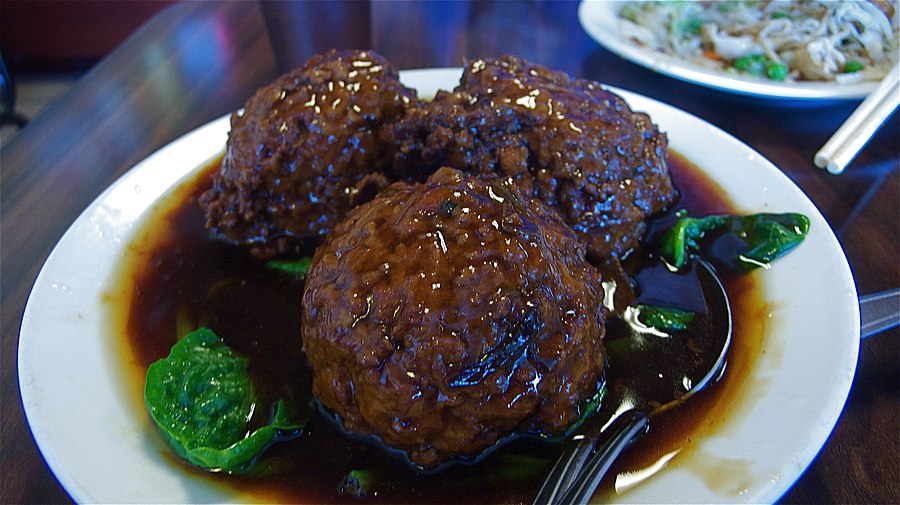Facts About Lion's head
Lion's Head, a cherished traditional dish from the Huaiyang cuisine of eastern China, is also known as a stewed meatball delicacy. This comforting meal features large pork meatballs simmered with vegetables and comes in two primary varieties: white and red. The white version is typically stewed or steamed with napa cabbage, while the red version may include cabbage, bamboo shoots, or tofu derivatives. The dish is named "Lion's Head" because the meatballs are reminiscent of the head of a Chinese guardian lion.
The dish originates from Yangzhou and Zhenjiang, with some influences from Huai'an. The white variety is more commonly found in Yangzhou, whereas the red variety is popular in Zhenjiang. During the 19th and early 20th centuries, the dish migrated into Shanghai cuisine due to population movements. Interestingly, Lion's Head can also be made using beef or even adapted into a vegetarian option.
Historically, Lion's Head has been renowned since the late Qing dynasty, with recipes dating back to that period. There are mentions of similar dishes, like "dadian rouyuan" by Tong Yuejian from Yangzhou during the mid-Qing dynasty. While some myths and folklore suggest that the dish dates back to the Sui dynasty, there is no solid evidence to support this theory.

 India
India